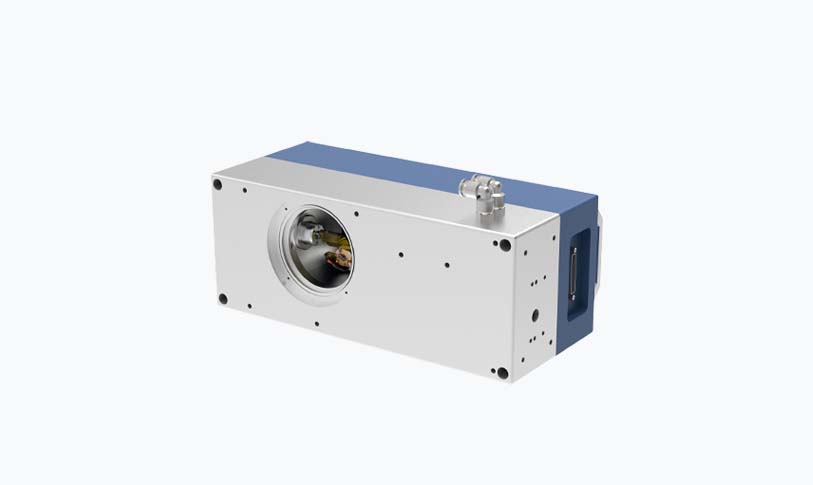****

Exploring the Revolutionary Applications and Benefits of Lensar Femtosecond Laser Technology in Modern Ophthalmology
The advent of cutting-edge technologies has significantly transformed the landscape of ophthalmology, particularly in vision correction procedures. Among the various innovative instruments, the Lensar femtosecond laser stands out as a game-changer, offering remarkable precision and enhanced outcomes for patients seeking surgical solutions for their vision problems. This article delves into the operational principles of the Lensar femtosecond laser, its applications in ophthalmic procedures, and the myriad benefits it offers to both patients and eye care professionals.
Femtosecond lasers operate on the principle of emitting light in extremely short bursts, generally lasting just a few femtoseconds (one quadrillionth of a second). The Lensar femtosecond laser system uses this principle to create highly precise incisions in the eye, facilitating various types of surgical procedures, most notably cataract surgery and laser-assisted in situ keratomileusis (LASIK). Unlike traditional surgical approaches that rely on blades, the Lensar laser employs light energy to transform tissue at a microscopic level, allowing for improved precision and reduced risk of complications.
One of the primary applications of the Lensar femtosecond laser is in cataract surgery. Traditionally, cataract surgery involved manual incision and phacoemulsification techniques, which, despite being effective, often resulted in longer recovery times and higher variability in outcomes. The introduction of the Lensar femtosecond laser allows for greater accuracy in performing the necessary corneal incisions and capsulotomy—the opening made in the lens capsule to access the cataract. The laser’s precision minimizes the potential for damage to surrounding tissues, which can lead to a quicker recovery and improved overall visual outcomes.
Furthermore, the Lensar femtosecond laser not only enhances the safety of cataract surgery but also allows ophthalmologists to customize surgical procedures to the unique anatomical characteristics of each patient. With the assistance of advanced imaging technology, surgeons can create a three-dimensional map of the eye, providing them with vital information to tailor the surgical approach for optimal results. Such customization is particularly beneficial for patients with pre-existing conditions such as astigmatism, enabling the surgeon to correct these issues during the cataract surgery process.
In addition to its applications in cataract surgery, the Lensar femtosecond laser also plays a significant role in LASIK procedures. LASIK surgery, designed to correct refractive vision errors, traditionally relies on a microkeratome—a mechanical device—to create the corneal flap. The use of the Lensar femtosecond laser to create the flap offers several advantages over the mechanical blade, including improved precision, a more uniform flap thickness, and a lower incidence of complications such as flap displacement or damage.

Exploring the Revolutionary Applications and Benefits of Lensar Femtosecond Laser Technology in Modern Ophthalmology
Additionally, the rapidity of the femtosecond laser’s pulses means that the heat generated during the cutting process is significantly reduced, minimizing the risk of corneal tissue damage. This leads to a more comfortable experience for the patient, with quicker recovery times and enhanced visual acuity post-operatively. As a result, patients experience less discomfort and a faster return to their daily activities, a crucial factor that weighs heavily on the minds of individuals contemplating vision correction surgery.
Another crucial advantage of the Lensar femtosecond laser technology is its integration with modern digital imaging systems. This synergy enhances the surgical workflow, allowing for real-time analysis and adjustments throughout the procedure. The ability to visualize the eye in intricate detail aids surgeons in making informed decisions during surgery, thus elevating the standard of care delivered to patients.
While the Lensar femtosecond laser presents numerous benefits, it is essential for patients and practitioners alike to understand that no surgical procedure is without risks. Potential complications can arise even with the most advanced technology, underscoring the importance of thorough pre-operative evaluations, patient education, and adherence to post-operative care protocols.

Exploring the Revolutionary Applications and Benefits of Lensar Femtosecond Laser Technology in Modern Ophthalmology
In conclusion, the Lensar femtosecond laser represents a significant leap forward in the field of ophthalmology, bringing enhanced precision and improved patient outcomes to vision correction surgeries. By leveraging the advantages of femtosecond laser technology, eye care professionals can customize surgical procedures to meet the specific needs of their patients, ultimately promoting a better quality of life through improved vision. As the technology continues to evolve, it holds immense potential for further innovations in eye care, reinforcing the importance of ongoing research and development in this critical field.deep uv laser



